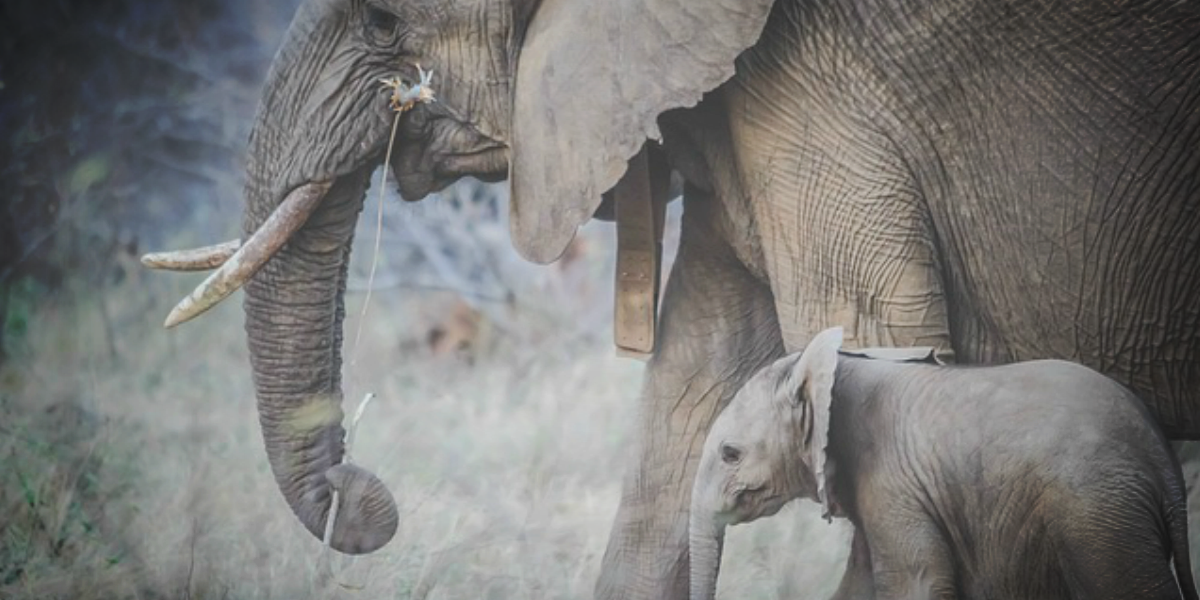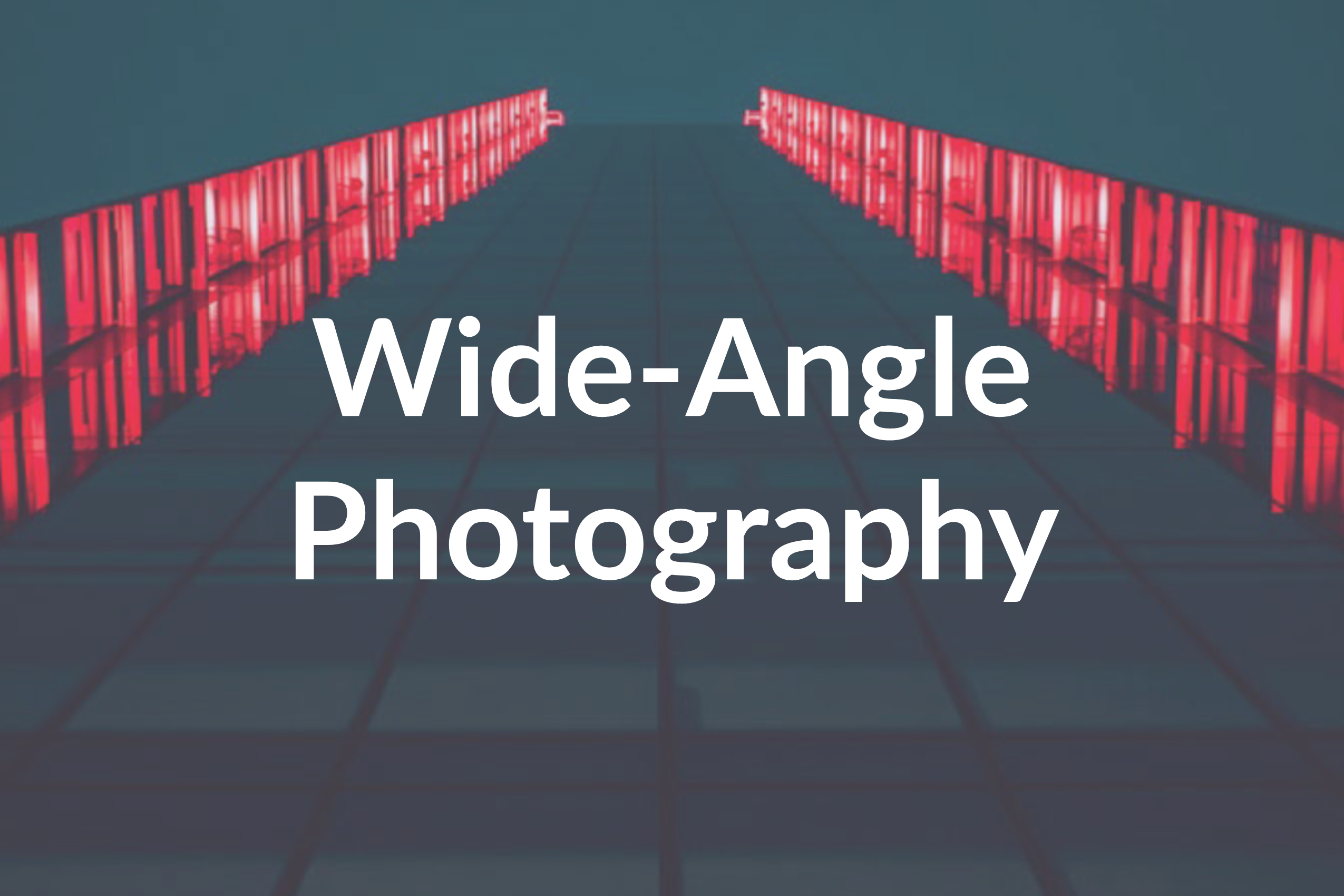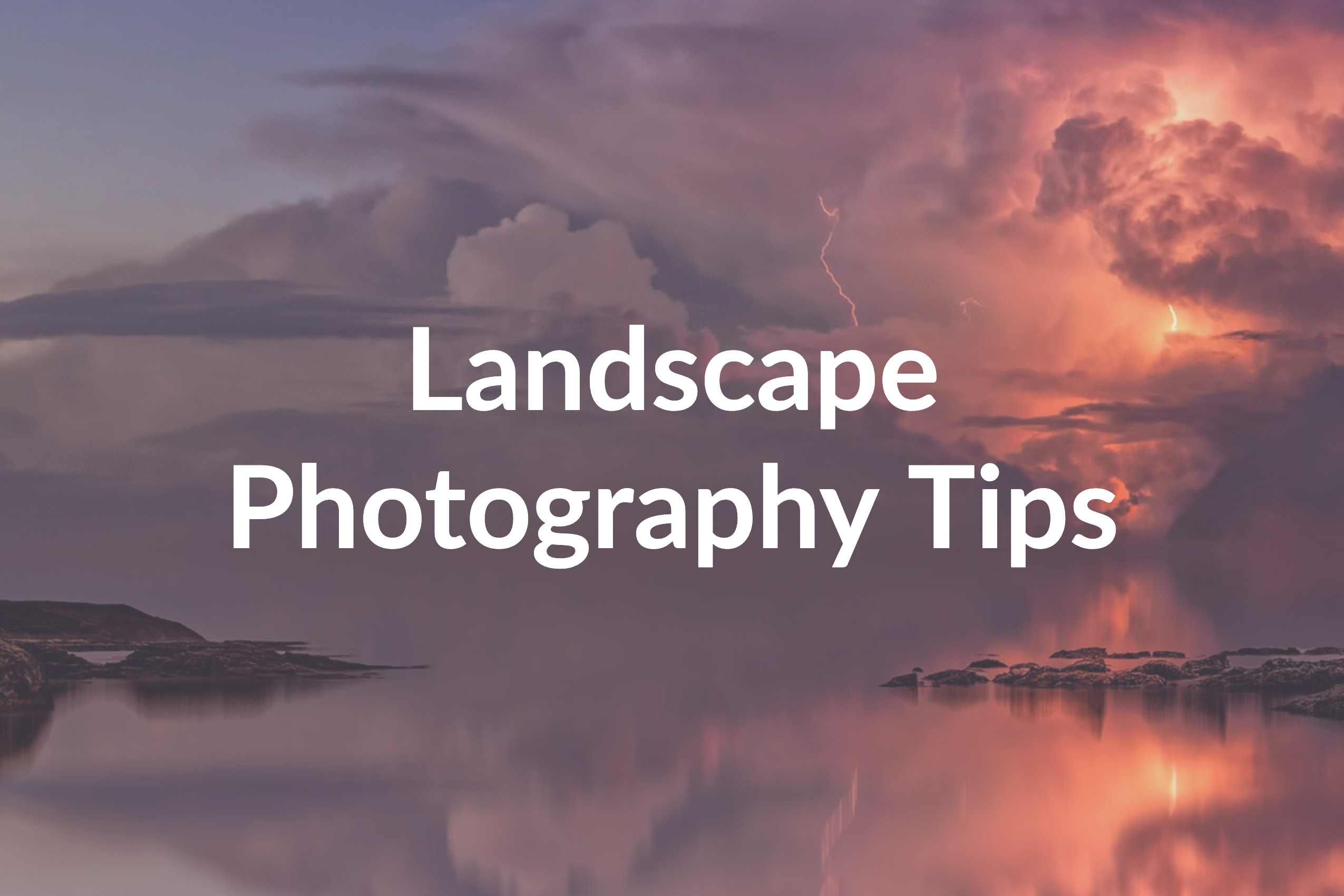4 Ways to Get a Great Start with Wildlife Photography
If you’re looking to stretch, literally, then wildlife photography might be for you. Wildlife photography is a form of photography which is done outdoors. Wildlife photographers capture and photograph an assortment of animals and wildlife in their natural habitat.
Since animals are sometimes challenging to find and approach, it is helpful to be patient, agile, and know enough about animals that you possess an ability to predict how each animal will behave and how you can keep (them and you) safe.
Why would you need to stretch?
As wildlife photography may require the photographer to follow the animal, sit or lie still for long periods, and even use camouflage!
History of Wildlife Photography
Early photography made wildlife photography very difficult. This was because the lenses of yore were slow and by the time a photograph was taken, the animal had usually sprinted (or crawled or slithered) away. If you review photography taken in the 1860s, it is common to see taxidermy animals, pets, or zoological animals.
This form of photography improved in the 1880s due to improvements in photo shutters and emulsions. Meanwhile, today’s wildlife photography is stunning and vibrant.
Are you interested in getting started and trying it yourself?
How to Get Started with Wildlife Photography
There is one definition of wildlife photography that is common to 3 different photography organizations. Issued as a joint statement for the Royal Photographic Society, Photographic Society of America, and Federation Internationale de l’Art Photographique, it reads:
The development of a common definition for nature and wildlife photography will be an important step in helping photographers, many of whom enter competitions internationally, know what the rules are. It will also provide organizers with a very clear definition when they need to deal with the problem of ineligible images.
Gear matters
Do your research before you begin shooting images of wildlife. The gear you will need for wildlife photography includes different lenses and equipment, then what you would use for portrait images or food photography.
Lenses
Wildlife photography lenses usually have a long focal length of between 150mm and 600mm. Why? As this allows a wildlife photographer to fill the frame with the (animal, insect, etc.!) subject of their choice.
Supplies
Your intention will probably be to blend in with the environment and observe natural life. Most wildlife photographers are nature lovers who want to avoid disturbing the environment or habitat they photograph. You can bring a flash extender, camouflage hides (tent, wrap, etc.) and camera traps. A wide-angle lens can also be a plus, along with a long telephoto lens, so your camera’s image can get closer than you are!
Start Local
You don’t have to fly halfway across the world, even though you may want to. Start local and go to a nearby park or national park. There, you can see what your lens discovers and your comfort level. You can even start at a wildlife zoo and practice your craft. Once you have experience and can afford it, a more exotic location is a dream and a plus for many photographers.
Instagram and social media websites have led to photography being sought after and appreciated by the masses. It has also led to widespread copyright infringement! Online users see an image they like and screenshot, copy or download it for their use. Some will even claim that they took a photograph themselves.
If you have paid photography clients or want to receive attention and acclaim for your work, this copyright infringement phenomenon can cost you money, your social media following, and jeopardize your relationship with clients. Protect your work and ask those who have used (i.e., stolen) your images to link to your website, pages, and credit your work!
How do you do this?
Berify specializes in using a reverse image search to scan the web and find image thieves. You will be shown a list of where your matching images have been used so that you can take action.
The great thing about Berify, as opposed to a basic image search you’d do on your own, is that the website keeps regularly scanning for your images even when you’re not using the site. Be the first to know when your work is stolen and protect your copyright.




![How to Make Money with Photography Online [7 Brilliant Ways]](https://berify.com/blog/wp-content/uploads/2019/05/516-Feature.png)